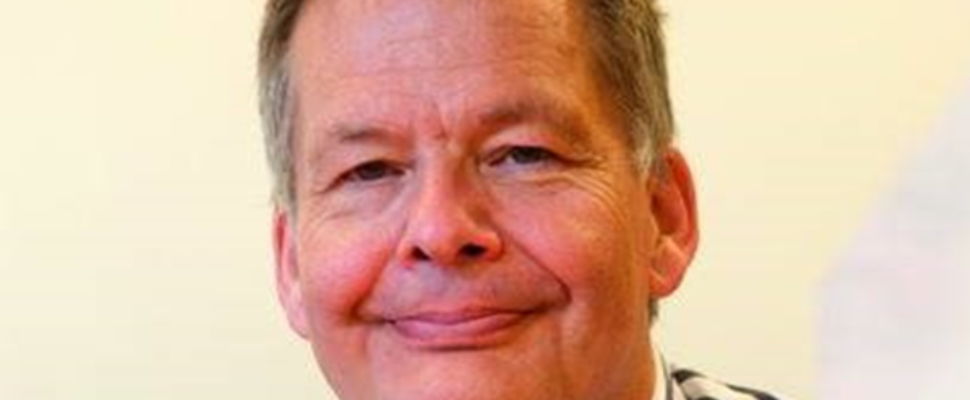With several COVID-19 vaccines gaining regulatory approval across the world in record time, a spotlight has been shone on the vaccines field more widely, notably the 30-year wait for a HIV vaccine. Janssen Global Therapeutic Area Head of Vaccines Johan Van Hoof recently sat down with PharmaBoardroom to discuss the progress that has been made towards the development of a HIV vaccine and why it has taken such a long time, considering the breakneck development and approval of COVID-19 vaccines.
Van Hoof outlines some of the ways in which the development of a COVID-19 vaccine differs from that for HIV. “In many ways, the development of a COVID-19 vaccine is easier than developing a HIV vaccine,” he proffers. “I think the main reason there is still no HIV vaccine after 30 years is the scientific challenge. With COVID-19, we know that the majority of people clear the virus without any issue, many are asymptomatic, and only a relatively small percentage suffer serious symptoms. As a result, we know that neutralizing antibodies is the solution to clearing COVID-19, and so we were able to develop vaccines demonstrating protection in animal models almost as soon as the virus was discovered. This was fundamental.”
It is important to remember in R&D that we learn from failure, tremendously, as we have learned additional insights each time, which has helped HIV vaccine research advance
Johan Van Hoof, Global Therapeutic Area Head of Vaccines, Janssen
He continues, “On the contrary, almost no one clears HIV themselves. Even now, we do not know with certainty what kind of immune response is needed to overcome HIV, which makes it extremely difficult to develop a vaccine for it. There has been a lot of disappointment with HIV vaccines because the HIV virus is extremely smart, mutable and adaptable. In the 1990s, after the identification of the cell receptors that act as a gateway for HIV, many vaccine candidates were developed based on the viral envelope proteins with which they interact. However, they did not work, and the next generation of vaccines that was developed was designed to generate cell-mediated immunity. The current generation of HIV vaccines is based on the combined effect of immune responses (both cellular and humoral) which target a particular part of the viral envelope. The hypothesis is that these antibodies, with Fc related functionalities other than classical neutralization, will result in protection. Hopefully they work but if not, we will have to move on to the next generation. But it is important to remember in R&D that we learn from failure, tremendously, as we have learned additional insights each time, which has helped HIV vaccine research advance.”
“The other thing is that the timeline for COVID-19 vaccine development is extremely aggressive due to the nature of the global pandemic and the widespread and unrelenting impact across communities worldwide,” adds Van Hoof. “Unlimited resources have been thrown at this on both the regulators and manufacturers sides. It is not a normal situation; looking at the workload, teams are working 24/7, which is just not sustainable in the long run. Companies could not afford to run more than one project of this magnitude and speed at one time.”
Janssen itself has long been involved in research and development of a HIV vaccine and a Phase 2b proof of concept efficacy study of its HIV vaccine regimen is currently taking place across southern Africa. Van Hoof outlines, “Having worked in this field for a long time, we have developed various generations of a HIV vaccine, applying the principles of translational medicine. The idea is to work with preclinical and animal models, particularly non-human primates (NHP), until we see promising levels of protection, at which moment we enter Phase 1 human trials to compare NHP and human responses. In that way, going back and forth, we have improved our HIV vaccine formulations, and a few years ago, we reached a point where one particular formulation had as much as over 90 percent protection compared to placebo vaccinated animal models.”
“Even after six challenges, 66 percent of the NHP were still protected, which was when we started doing in-depth analyses of immune markers to see which were correlated with protection. Based on that, we could see what type of immune response was needed for animals to fall within that category of being protected after six challenges. These were animals with a certain level of antibodies and a certain level of cell-mediated immunity – and with those thresholds, we saw over 94 percent of animals protected after six challenges. Through our initial Phase 1 and 2 data, we saw that it was possible to also achieve those thresholds in humans, which was very encouraging. We started subject enrolment for a Phase 2b trial in high-risk women in South Africa in 2017, who have now been vaccinated and are being followed up on, and we hope to have a readout of that trial by mid-2021.”
He concludes, “HIV vaccine development comes with a lot of risk, and we are still in the middle of the process, but we are cautiously optimistic about our vaccine candidate.”


